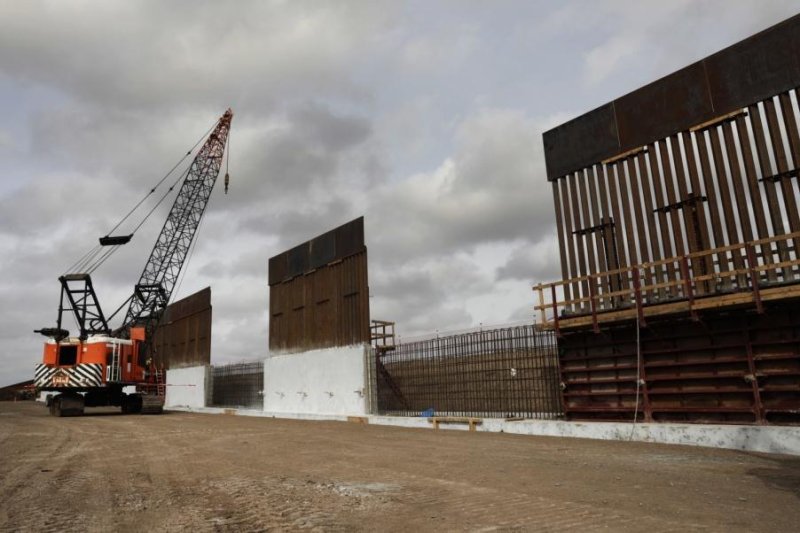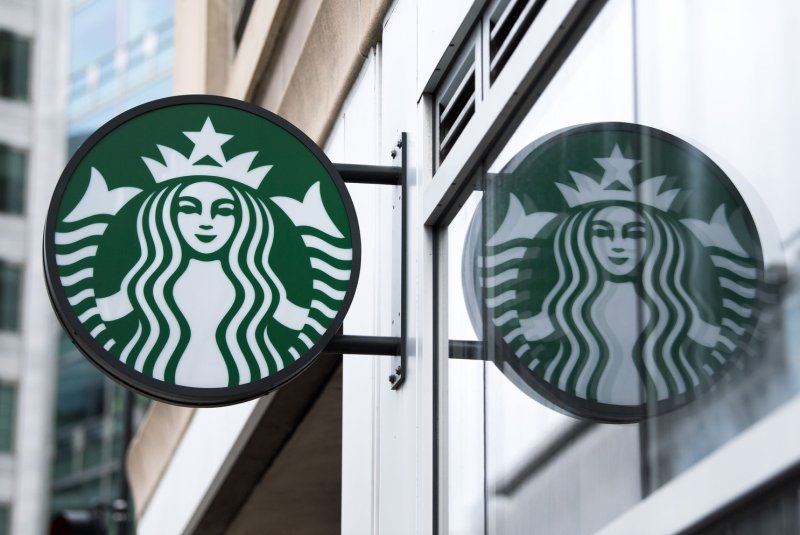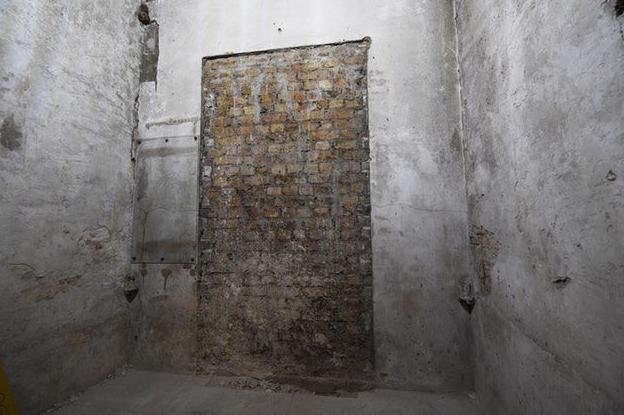
© Tom Brenner/Bloomberg President Trump displays a hurricane path projection map while delivering updates to the press regarding Hurricane Dorian during a news conference inside the Oval Office, on Sept. 4, 2019, at the White House in Washington. (Tom Brenner/ Bloomberg)
The emails, released as part of a Freedom of Information Act request from The Washington Post and other media outlets, demonstrate the tenuous state of scientific credibility in the Trump era, even at a federal agency with decades of service — NOAA dates to 1970, while its National Weather Service has its roots in the 19th century.
et all it took was a six-day period featuring a few tweets from President Trump and a Sharpie-modified hurricane forecast map in the Oval Office followed by a politically motivated statement about the storm’s path to cause some citizens to regard the agency’s work as tainted by political interference.
Subscribe to the Post Most newsletter: Today’s most popular stories on The Washington Post
The insight that credibility can be swiftly damaged when dealing with the collision between science and politics is particularly relevant today, as agencies such as the Centers for Disease Control and Prevention and the National Institutes of Health face the outbreak of the new coronavirus.
As was reported Thursday, government health experts have been directed to clear any public comments first through Vice President Pence’s office, which is a highly unusual directive during a disease outbreak and has raised concerns about political interference in public health communication.
In past disease outbreaks, such as the Ebola outbreak in West Africa and SARS, the CDC and experts from other federal science agencies dealt directly with the media.
The emails, released as part of a Freedom of Information Act request from The Washington Post and other media outlets, demonstrate the tenuous state of scientific credibility in the Trump era, even at a federal agency with decades of service — NOAA dates to 1970, while its National Weather Service has its roots in the 19th century.
et all it took was a six-day period featuring a few tweets from President Trump and a Sharpie-modified hurricane forecast map in the Oval Office followed by a politically motivated statement about the storm’s path to cause some citizens to regard the agency’s work as tainted by political interference.
Subscribe to the Post Most newsletter: Today’s most popular stories on The Washington Post
The insight that credibility can be swiftly damaged when dealing with the collision between science and politics is particularly relevant today, as agencies such as the Centers for Disease Control and Prevention and the National Institutes of Health face the outbreak of the new coronavirus.
As was reported Thursday, government health experts have been directed to clear any public comments first through Vice President Pence’s office, which is a highly unusual directive during a disease outbreak and has raised concerns about political interference in public health communication.
In past disease outbreaks, such as the Ebola outbreak in West Africa and SARS, the CDC and experts from other federal science agencies dealt directly with the media.
A stormy six days
Many of the emails concern Trump’s inaccurate assertion in a tweet from Sept. 1, 2019, in which the president claimed that Alabama “will most likely be hit (much) harder than anticipated” by the Category 5 storm. They also concern a controversial unsigned statement that a NOAA representative issued on Sept. 6. That statement criticized the National Weather Service forecast office in Birmingham for a tweet that contradicted Trump’s claims.
The statement was widely interpreted within NOAA’s National Weather Service as contradicting an accurate forecast because of political pressure from the White House and the Commerce Department. The Post has reported that the demand for NOAA to issue the statement came from White House acting chief of staff Mick Mulvaney, at the request of the president, via officials at the Commerce Department.
The new emails released Friday include messages sent from members of the public to Ken Graham, the director of the National Hurricane Center, and other officials, expressing frustration with NOAA’s Sept. 6 statement and a newfound distrust of its forecasts.
In one email to Graham, a member of the public wrote of concerns about NOAA’s forecast accuracy.
“I live on the east coast of Florida,” the person wrote. "For all of my adult life I have relied on upon the scientific honesty and ethics of NOAA in general, and the National Hurricane Center specifically, to provide accurate storm information.”
“I was heartsick and dumbstruck to see the NOAA announcement today supporting the president’s ludicrous and psychotic defense of his Alabama forecast garbage. Mr. Graham, as a fellow scientist and professional, would you kindly reassure me that the politics of a lunatic will not be affecting the science done at NOAA and the NHC?”
Many of the emails concern Trump’s inaccurate assertion in a tweet from Sept. 1, 2019, in which the president claimed that Alabama “will most likely be hit (much) harder than anticipated” by the Category 5 storm. They also concern a controversial unsigned statement that a NOAA representative issued on Sept. 6. That statement criticized the National Weather Service forecast office in Birmingham for a tweet that contradicted Trump’s claims.
The statement was widely interpreted within NOAA’s National Weather Service as contradicting an accurate forecast because of political pressure from the White House and the Commerce Department. The Post has reported that the demand for NOAA to issue the statement came from White House acting chief of staff Mick Mulvaney, at the request of the president, via officials at the Commerce Department.
The new emails released Friday include messages sent from members of the public to Ken Graham, the director of the National Hurricane Center, and other officials, expressing frustration with NOAA’s Sept. 6 statement and a newfound distrust of its forecasts.
In one email to Graham, a member of the public wrote of concerns about NOAA’s forecast accuracy.
“I live on the east coast of Florida,” the person wrote. "For all of my adult life I have relied on upon the scientific honesty and ethics of NOAA in general, and the National Hurricane Center specifically, to provide accurate storm information.”
“I was heartsick and dumbstruck to see the NOAA announcement today supporting the president’s ludicrous and psychotic defense of his Alabama forecast garbage. Mr. Graham, as a fellow scientist and professional, would you kindly reassure me that the politics of a lunatic will not be affecting the science done at NOAA and the NHC?”

© Ramon Espinosa/AP Volunteers wade through a flooded road against wind and rain brought on by Hurricane Dorian to rescue families near the Causarina bridge in Freeport, Grand Bahama, Bahamas, on Sept. 3, 2019. (AP Photo/Ramon Espinosa)
Similarly, a resident of Biloxi, Miss., wrote to Graham on Sept. 7, a day after the unsigned statement was released, saying the episode threatened to “irreparably” damage the NHC’s “previously sterling, trustworthy reputation for scientific reliability, accuracy and truthful public service.”
“Please do not let Washington’s epidemic of dystopian politics contaminate your previously respected agencies,” the Biloxi resident wrote.
An email from NOAA employee Gregory Hammer, who was tracking the volume of tweets on the matter received by NOAA’s National Centers for Environmental Information, said more than 600 emails had been received.
“Most are asking, in some form, ‘How can we trust NOAA?’ or stating that ‘NOAA has lost its credibility,’” Hammer wrote.
In response to the torrent of criticism, the Hurricane Center’s Graham pleaded with National Weather Service leadership in an email to help him craft an official response.
“The biggest request we are getting are emails just asking for assurance we are science based as always,” Graham wrote to Mary Erickson, the Weather Service’s deputy director. "Not looking for anything other than [to provide] assurance ‘we have not changed.’”
The emails released also reveal the sentiment within NOAA to rally around those who were sticking up for the agency’s scientific integrity. After acting chief scientist Craig McLean sent an email within the agency announcing an investigation into the Sept. 6 statement, numerous NOAA staffers wrote to thank him.
“Our integrity as a science agency is priceless, and so that unsigned press release from “NOAA” hurts all of us -- so when the next storm comes by (and it will), will we be believed?” wrote Howard Diamond, a climate science program manager at NOAA, in a message to McLean.
The new emails also reveal that Stephen Volz, NOAA’s assistant administrator for satellite and information services, wrote to his division’s public affairs team with one directive on Sept. 9: “To you both, I can imagine this past week has been hell. I can guess what sort of “guidance you hve[sic.] been getting from NOAA Comms.,” Volz said, referring to NOAA’s communications department in Washington.
“To which my only guidance, potentially contrary, is to tell the truth. I know you know what that is, and I support you in doing so.”
Similarly, a resident of Biloxi, Miss., wrote to Graham on Sept. 7, a day after the unsigned statement was released, saying the episode threatened to “irreparably” damage the NHC’s “previously sterling, trustworthy reputation for scientific reliability, accuracy and truthful public service.”
“Please do not let Washington’s epidemic of dystopian politics contaminate your previously respected agencies,” the Biloxi resident wrote.
An email from NOAA employee Gregory Hammer, who was tracking the volume of tweets on the matter received by NOAA’s National Centers for Environmental Information, said more than 600 emails had been received.
“Most are asking, in some form, ‘How can we trust NOAA?’ or stating that ‘NOAA has lost its credibility,’” Hammer wrote.
In response to the torrent of criticism, the Hurricane Center’s Graham pleaded with National Weather Service leadership in an email to help him craft an official response.
“The biggest request we are getting are emails just asking for assurance we are science based as always,” Graham wrote to Mary Erickson, the Weather Service’s deputy director. "Not looking for anything other than [to provide] assurance ‘we have not changed.’”
The emails released also reveal the sentiment within NOAA to rally around those who were sticking up for the agency’s scientific integrity. After acting chief scientist Craig McLean sent an email within the agency announcing an investigation into the Sept. 6 statement, numerous NOAA staffers wrote to thank him.
“Our integrity as a science agency is priceless, and so that unsigned press release from “NOAA” hurts all of us -- so when the next storm comes by (and it will), will we be believed?” wrote Howard Diamond, a climate science program manager at NOAA, in a message to McLean.
The new emails also reveal that Stephen Volz, NOAA’s assistant administrator for satellite and information services, wrote to his division’s public affairs team with one directive on Sept. 9: “To you both, I can imagine this past week has been hell. I can guess what sort of “guidance you hve[sic.] been getting from NOAA Comms.,” Volz said, referring to NOAA’s communications department in Washington.
“To which my only guidance, potentially contrary, is to tell the truth. I know you know what that is, and I support you in doing so.”








